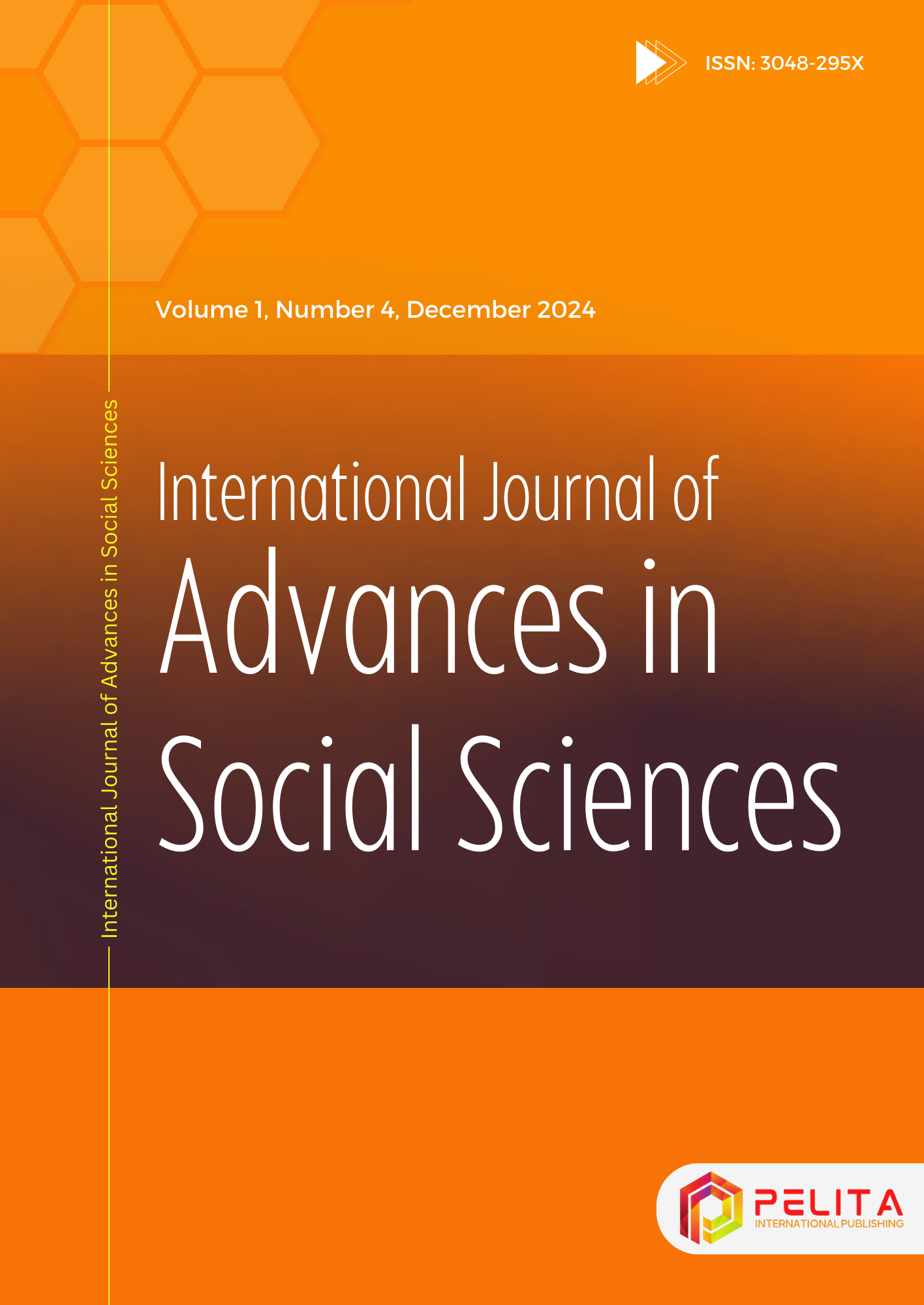Balanced scorecard implementation for performance measurement: A case study at Cut Mutia Regional General Hospital, North Aceh
Main Article Content
Rahmawati
Ade Faziatul Fitri
Alisna Rahmazani
Koko Bustami
Murni
This study aims to examine and analyze the implementation of the balanced scorecard as a performance benchmark at Cut Mutia Regional General Hospital. The research employs a qualitative method with a Balanced Scorecard approach, focusing on four perspectives: financial, customer, internal business processes, and learning and growth. The findings indicate that from the financial perspective, performance achievements in economic and effectiveness ratios are categorized as "poor," whereas efficiency ratios show "good" performance. The customer (patient) perspective reveals that customer satisfaction performance from 2020 to 2023, based on questionnaire surveys, demonstrates positive results. The internal business process perspective indicates that, on average, performance achievements from 2020 to 2023 show excellent growth in Bed Turn Over (BTO) and good results in Bed Occupancy Rate (BOR), Turn Over Internal (TOI), Net Death Rate (NDR), and Gross Death Rate (GDR). The learning and growth perspective shows that employee satisfaction performance is considered "moderate," while employee training is rated "good."
%20(5).png?updatedAt=1719633367602)











